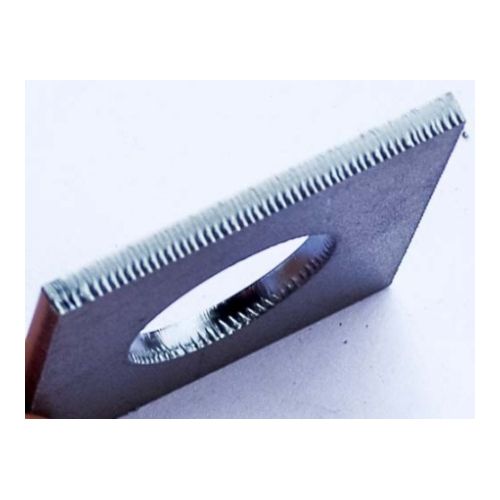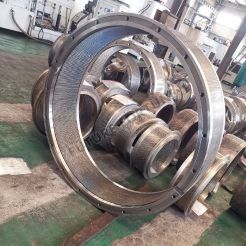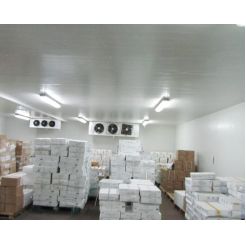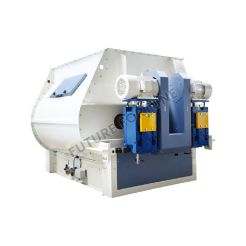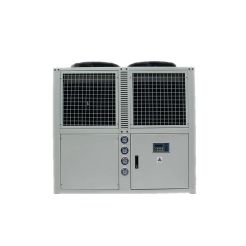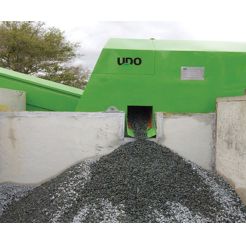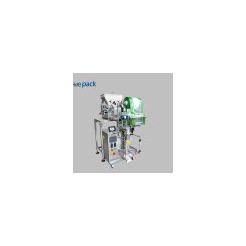Cutting techniques
Product Description
https://www.wid-laser.com/news/cutting-techniques.html
Fiber laser cutting is a highly precise and efficient technique used in various industries for cutting a wide range of materials. It relies on the use of a high-powered fiber laser beam to melt, burn, or vaporize the material being cut.
Carbon Steel Cutting techniques
Fiber laser cutting machines are commonly used for cutting carbon steel due to their precision, speed, and efficiency.
Cutting steps:
Material Preparation: Ensure the carbon steel sheet is clean and free of any contaminants like oil, rust, or debris. Surface preparation is essential for achieving clean and precise cuts.
Material Fixturing: Secure the carbon steel sheet firmly in place on the cutting bed to prevent any movement or vibrations during the cutting process. Proper fixturing helps maintain cut accuracy.
Focus Adjustment: Calibrate the fiber laser cutting machine to achieve the optimal focal point for cutting carbon steel. Accurate focus is critical for achieving clean and precise cuts.
Cutting Parameters: Set the appropriate cutting parameters such as laser power, cutting speed, and assist gas pressure based on the thickness and type of carbon steel being cut. These parameters may vary depending on the specific machine and laser source.
Assist Gas: Fiber laser cutting typically utilizes assist gases such as oxygen or nitrogen. Oxygen is often used for thicker carbon steel, while nitrogen is preferred for thinner materials. The choice of assist gas affects the quality of the cut edge.
Piercing: Create a small hole (pierce point) at the starting point of the cut. This can be achieved with a short, intense burst of laser energy. Piercing helps prevent material distortion and ensures a precise starting point.
Cutting Path: Define the cutting path using computer-aided design (CAD) software. The machine follows this path precisely to cut out the desired shapes or patterns.
Edge Quality: Adjust the cutting parameters and assist gas flow to achieve the desired edge quality. A focused beam and proper gas flow can produce clean, sharp edges with minimal burrs.
Nesting: Optimize the layout of parts on the carbon steel sheet to minimize material wastage. Nesting software can help arrange parts efficiently for cutting.
Monitoring and Maintenance: Regularly monitor the cutting process to ensure consistent quality. Periodic maintenance of the laser cutting machine, including cleaning the optics and replacing consumables, is essential for long-term performance.
Safety: Always follow safety protocols when operating a fiber laser cutting machine. Wear appropriate personal protective equipment (PPE) and ensure proper ventilation if using assist gases.
Quality Control: Inspect the cut parts for quality, accuracy, and any defects. Make adjustments to the cutting parameters as needed to meet quality standards.
By following these techniques and best practices, you can achieve precise and efficient carbon steel cutting using a fiber laser cutting machine. Adjustments may be necessary based on the specific machine and material thickness, so it's essential to have a good understanding of the equipment and materials you are working with.
